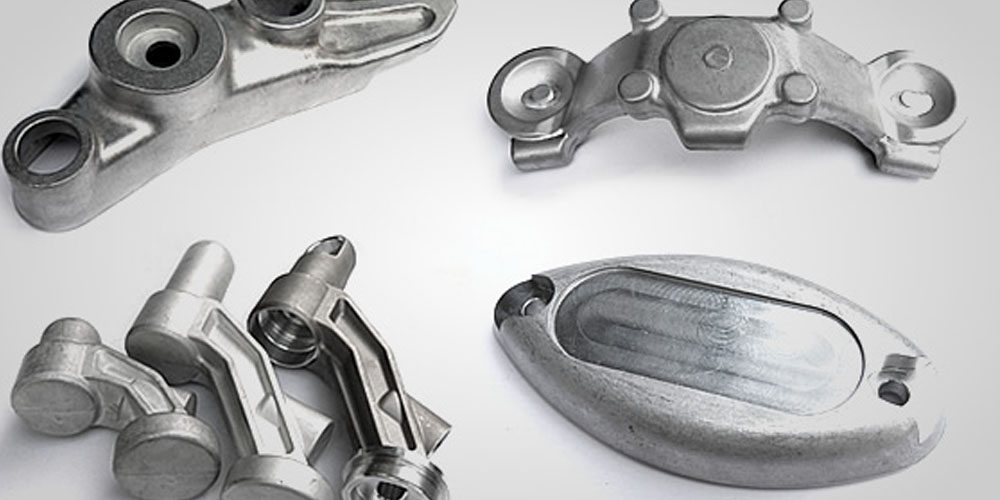The first technique developed was the cold forging of pure aluminum. The low deformation resistance and great flexibility of pure aluminum at room temperature are the cause of this. Processing hardening is weak while deforming. Because of this, the material performs superbly during cold forging, making it ideal for the procedure.
The annealed state of these alloys has slightly lower deformation resistance than the annealed state of steel. Cracks can, however, more easily occur since the plasticity is a little less good. Following annealing and saponification by phosphate, the friction conditions are improved. So that the shape can be produced accurately.
Due to a few remarkable characteristics, CXIN Forging is regarded as one of the largest suppliers of forged aluminum parts. In addition to providing complete cold extrusion and cold forging die production and design services, CXIN Forging provides all the components required for product development and manufacturing.
Key Features of Aluminum Forgings
Pure aluminum cold forgings have been used frequently. The 2A11, 2A12, 2A14, 2A50, 6061, 6082, and other aluminum alloy series are employed in additional cold forging applications. Before reviewing the numerous advantages of the latter, let’s first go through the distinctions between aluminum casting alloys and forging alloys. Forgings, which are incredibly strong, are created by crushing and firmly pressing metal under great pressure.
Some forgings are produced without heating, despite the fact that it is commonly utilized in forging. Two very distinct manufacturing techniques are casting and forging. After being heated over its melting point and allowed to form in a mold, a substance is said to be cast. Below are the main justifications for aluminum forging as opposed to casting?
Affordable Prices
In general, die-forging tools are less expensive than die-casting tools. When there are a number of realistic manufacturing solutions for a given application, cost becomes a significant determining factor. Another advantage of forging over casting is its increased output rate. Due to their higher cost-effectiveness, forgings are typically used instead of castings in highly stressed applications.
Outstanding Surface Finish
Different surface treatments can be made through forging. The castings’ surface finishes lack an appealing look and are not very smooth. By contrast, producing smooth surfaces or serrations with more defined edges is easier when working with aluminum. Some alloys, such as 6061, display highly sought anti-corrosion properties even without any surface treatments.
Appropriate Lead Time
It takes 6-7 weeks to manufacture a normal forging. Affordably priced technology is currently being developed by toolmakers to speed up production. Time invested equals less money spent. To cut down on wait times, forging production centers frequently have isolated rooms. They are consequently subject to more regulation and control about prompt generation and modification.
Improved Flexibility
Although there are certain instances, some forms are not forged. Depending on the die tooling designer, forging is capable of producing an astonishing variety of shapes. Utilizing 3D modeling and designs has also significantly increased the flexibility of the models in the initial phases of design. Forged components allow for client-submitted creative design concepts, unlike casting, where a component’s physical size may restrict design flexibility.
Excellent Solidity
Castings have a lower power-to-weight ratio than aluminum forgings, which exhibit certain mechanical characteristics after being heated. Porosity is absent in forging, in comparison. Consequently, it is possible to perform heat treatment operations that greatly enhance the chosen mechanical qualities. This improved tensile strength shows yet again how aluminum forging, as opposed to other methods, may achieve good tensile strength.
Conclusion
Through well-controlled deformation, metal has exceptional mechanical properties. Regardless, forging has seen certain changes as a result of technological improvements and the creation of new metals, but it largely still retains its basic design. Components are needed for the key social requirements, and modern forging makes these components using a wide array of technological technology and powerful/high-powered gear. I just hope that you will observe this article as a masterpiece and full of information.

